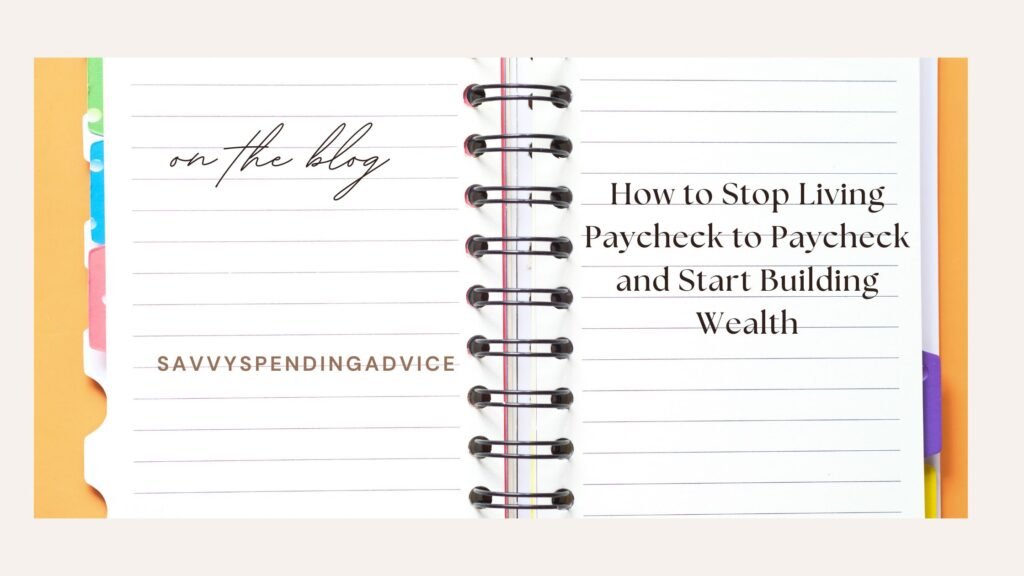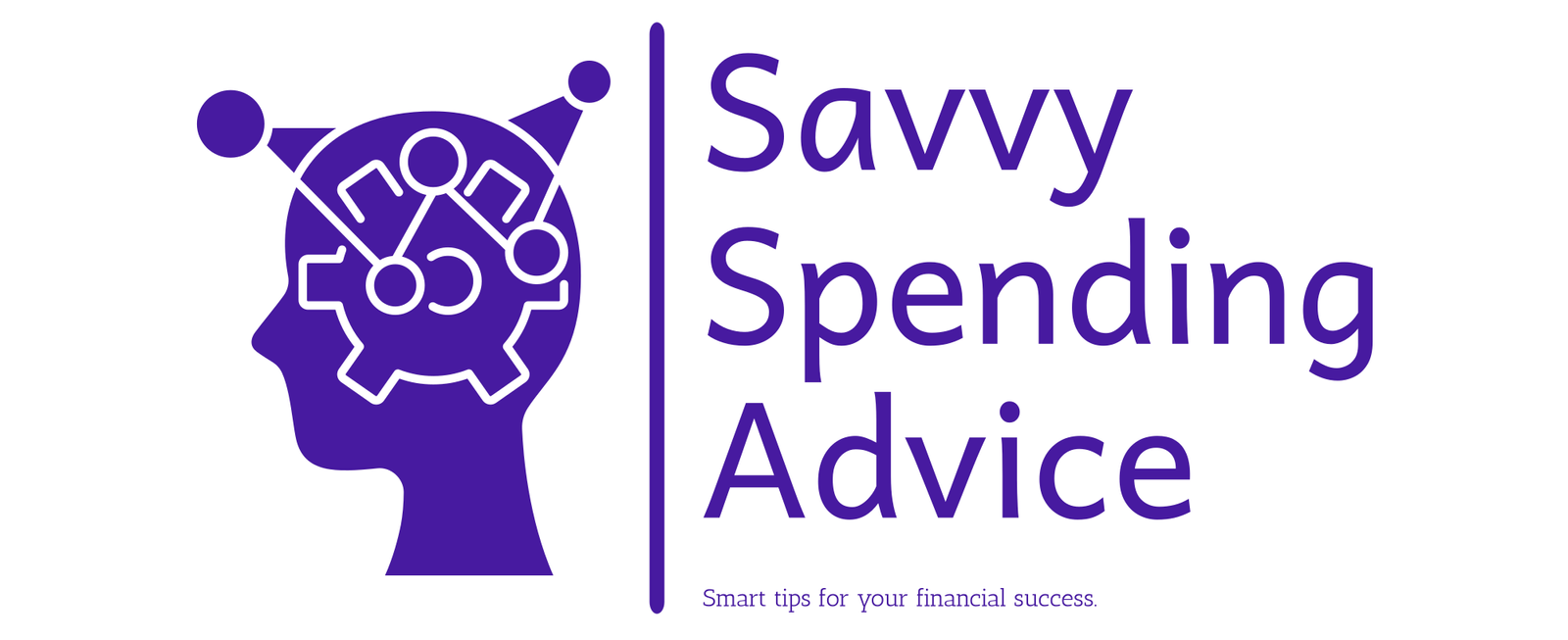
Living paycheck to paycheck can be stressful, making it difficult to save, invest, or plan for the future. The good news? You can break free from this cycle by making strategic changes in your budgeting, spending, and saving habits.
In this guide, we’ll cover practical steps to help you gain financial stability, grow your savings, and build long-term wealth.
Step 1: Understand Why You’re Stuck in the Paycheck-to-Paycheck Cycle
📌 Why it happens:
✔ High expenses relative to income – Spending everything you earn leaves no room for savings.
✔ No budget or financial plan – Without tracking expenses, money disappears quickly.
✔ Debt burden – High credit card or loan payments can eat up most of your paycheck.
✔ Lack of savings – When emergencies hit, you rely on your next paycheck to recover.
💡 Pro Tip: The first step to fixing a problem is understanding where your money goes each month.
Step 2: Track Your Expenses & Create a Budget
📌 Why it matters: If you don’t track your money, you can’t control it.
✅ How to do it:
✔ Use budgeting apps like Mint, YNAB, or EveryDollar to categorize expenses.
✔ Write down every purchase for one month—you’ll be surprised where your money goes.
✔ Identify areas to cut back (subscriptions, dining out, impulse spending).
💡 Pro Tip: If you’re unsure where to start, follow the 50/30/20 rule:
✔ 50% needs (rent, groceries, bills)
✔ 30% wants (entertainment, travel)
✔ 20% savings & debt repayment
Step 3: Build an Emergency Fund (Even on a Tight Budget)
📌 Why it matters: Without savings, any unexpected expense (car repair, medical bill) can derail your finances.
✅ How to do it:
✔ Start small—aim for $500 to $1,000 first.
✔ Automate savings with apps like Acorns or Digit.
✔ Save windfalls like tax refunds, bonuses, or side gig earnings.
💡 Pro Tip: Keeping your emergency fund in a separate high-yield savings account prevents easy spending.
Step 4: Cut Expenses Without Feeling Deprived
📌 Why it matters: Trimming unnecessary spending frees up cash for savings and debt repayment.
✅ How to do it:
✔ Cancel unused subscriptions – Review your bank statements for recurring charges.
✔ Reduce dining out – Cook at home and meal prep for the week.
✔ Negotiate bills – Call providers for lower rates on phone, cable, or insurance.
✔ Use cashback apps – Rakuten, Ibotta, and Fetch Rewards can help you save.
💡 Pro Tip: Challenge yourself to a “no-spend week” once a month to build better money habits.
Step 5: Increase Your Income
📌 Why it matters: Cutting expenses has limits, but increasing income has unlimited potential.
✅ Ways to earn more:
✔ Ask for a raise – Prove your value and negotiate a higher salary.
✔ Start a side hustle – Freelancing, tutoring, or selling on eBay can generate extra cash.
✔ Monetize a skill – Offer services like graphic design, consulting, or content writing.
✔ Sell unused items – Declutter your home and make money selling things you no longer need.
💡 Pro Tip: Use all extra income for savings, investments, or debt repayment—not lifestyle upgrades.
Step 6: Pay Off Debt Strategically
📌 Why it matters: Debt eats up your paycheck, keeping you in a cycle of financial stress.
✅ Best debt repayment strategies:
✔ Debt Snowball Method: Pay off smallest debts first to gain momentum.
✔ Debt Avalanche Method: Pay off highest-interest debts first to save the most money.
✔ Consider a balance transfer card or debt consolidation loan to lower interest rates.
💡 Pro Tip: Avoid minimum-only payments—they extend repayment time and cost you thousands in interest.
Step 7: Automate Your Finances
📌 Why it matters: Automating savings and bill payments helps you stay on track without effort.
✅ How to do it:
✔ Set up automatic transfers for savings each payday.
✔ Automate bill payments to avoid late fees.
✔ Use round-up apps like Acorns to invest spare change.
💡 Pro Tip: Treat saving money like paying a bill—non-negotiable!
Step 8: Start Investing (Even with Small Amounts)
📌 Why it matters: Saving alone won’t build long-term wealth—investing grows your money.
✅ How to start investing:
✔ Open a 401(k) or Roth IRA and contribute regularly.
✔ Invest in low-cost index funds like the S&P 500.
✔ Use apps like M1 Finance or Robinhood for easy investing.
💡 Pro Tip: Even investing $50/month can grow to $100,000+ over 30 years thanks to compound interest.
Step 9: Avoid Lifestyle Inflation
📌 Why it matters: If your income increases, but your spending does too, you’ll stay stuck in the paycheck-to-paycheck cycle.
✅ How to prevent it:
✔ When you get a raise, increase savings and investments first.
✔ Keep your living expenses stable even as your income grows.
✔ Set financial goals to stay focused on wealth-building.
💡 Pro Tip: Instead of buying a new car after a raise, invest in assets that generate passive income.
Step 10: Set Clear Financial Goals and Stay Motivated
📌 Why it matters: Having a financial plan keeps you focused and motivated.
✅ How to do it:
✔ Set SMART financial goals (Specific, Measurable, Achievable, Relevant, Time-bound).
✔ Create a vision board with goals like “Debt-Free by 2026” or “Save $10K This Year.”
✔ Track progress monthly and celebrate small wins.
💡 Pro Tip: Join online finance communities or find an accountability partner to stay motivated.
Final Thoughts
Breaking free from the paycheck-to-paycheck cycle takes commitment, discipline, and smart financial choices. By budgeting, cutting expenses, increasing income, and investing, you can achieve financial stability and build long-term wealth.
💡 Want more money-saving strategies? Subscribe to SavvySpendingAdvice.com for expert financial tips and wealth-building insights!
